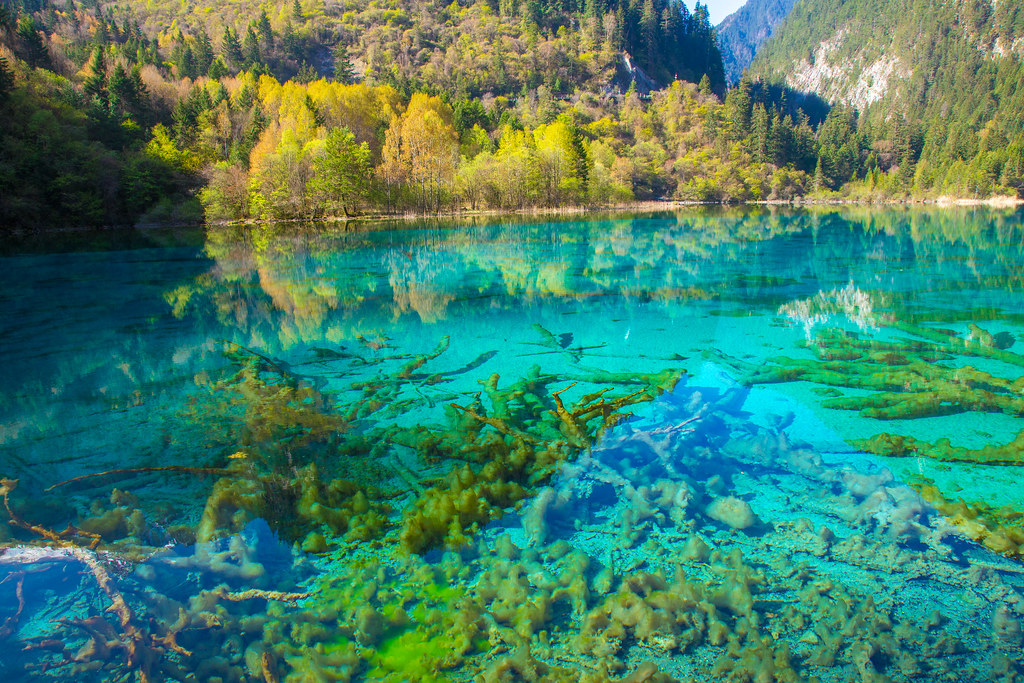Our planet is home to countless natural wonders, and among the most mesmerizing are lakes that appear in unexpected hues. From pinks and reds to deep greens and even bright turquoise, these lakes showcase how nature’s chemistry, geology, and biology converge to create surreal landscapes. Here are some of the world’s most remarkable colored lakes and the science behind their unique appearances.
Lake Hillier, Australia

Located on Middle Island off the coast of Western Australia, Lake Hillier is famous for its striking pink color. The lake’s rosy hue is permanent and remains vivid even when water is collected in a container. The cause of the coloration is attributed to the presence of the microalgae Dunaliella salina, which produces a red pigment as a response to high salinity levels and sunlight.
Additionally, halophilic bacteria in the lake’s salt crust may contribute to the color. Surrounded by eucalyptus trees and the deep blue ocean, the lake’s bubblegum-pink surface creates a stunning contrast that appears otherworldly.
Laguna Colorada, Bolivia

Nestled in Bolivia’s Eduardo Avaroa Andean Fauna National Reserve, Laguna Colorada is a shallow salt-lake near the Chilean border. It is known for its reddish tint, which comes from red sediments and algae that thrive in the mineral-rich water.
The lake's coloration intensifies during certain times of the day, particularly when the sun is low. The presence of borax islands adds a touch of white to the otherwise crimson landscape. Flamingos, which feed on the lake’s algae, enhance the surreal beauty of this high-altitude lake located over 14,000 feet above sea level.
Kelimutu Crater Lakes, Indonesia

The Kelimutu volcano in central Flores Island is home to a trio of crater lakes, each with distinct and changing colors. These lakes are Tiwu Ata Mbupu (Lake of Old People), Tiwu Nuwa Muri Koo Fai (Lake of Young Men and Maidens), and Tiwu Ata Polo (Lake of Enchanted or Evil Spirits). They have been observed in shades ranging from turquoise and green to red and even black.
The changing colors are due to varying oxidation states of the lake’s mineral content, influenced by volcanic gas activity and rainfall. Local legend attributes the colors to the spirits of the dead, making the site both a geological and cultural marvel.
Lake Natron, Tanzania

Lake Natron, located in northern Tanzania near the Kenyan border, is a highly alkaline salt-lake with an eerie, red-tinged surface. The lake’s color comes from the proliferation of salt-loving microorganisms and algae, particularly Spirulina, which produces red pigments.
With temperatures often exceeding 40°C (104°F), and a pH as high as 10.5, the lake is inhospitable to most life forms, although flamingos thrive in its salty shallows. The lake's harsh conditions can calcify animals that die in its waters, preserving them in a stony form that contributes to the lake’s eerie reputation.
Lake Retba, Senegal

Also known as Lac Rose, Lake Retba lies just northeast of Senegal’s capital, Dakar. Its waters frequently turn a bright pink, particularly during the dry season. The lake's high salt content—up to 40% in some areas—supports the growth of Dunaliella salina, the same microalgae responsible for Lake Hillier’s pink color.
Salt harvesting is a major activity in the region, with workers spending hours in the salty water, often coating their skin in shea butter to protect against the harsh conditions. The contrast between the pink water and the surrounding white salt flats makes Lake Retba a visual delight.
Torres del Paine’s Pehoe Lake, Chile

While not known for unusual pigments like red or pink, Pehoe Lake in Chile’s Torres del Paine National Park dazzles with its electric turquoise color. The lake’s vivid hue is the result of glacial flour which are tiny particles of rock ground by glaciers suspended in the water.
These particles scatter sunlight in a way that makes the water appear bright blue or turquoise. Set against a backdrop of rugged mountain peaks and lush forests, Pehoe Lake exemplifies nature’s ability to blend color and landscape to breathtaking effect.
Jiuzhaigou’s Five Flower Lake, China

In Sichuan Province, China, the Five Flower Lake in Jiuzhaigou Valley is celebrated for its crystal-clear water and vibrant palette, ranging from turquoise to green and yellow. The lake's clarity is due to high calcium carbonate content, which also contributes to its unique colors by affecting the reflection and refraction of light.
Dead tree trunks can be seen through the clear water, giving the lake a mysterious and enchanted appearance. It is regarded as sacred by local Tibetan communities and is a centerpiece of one of China’s most beautiful national parks.



















